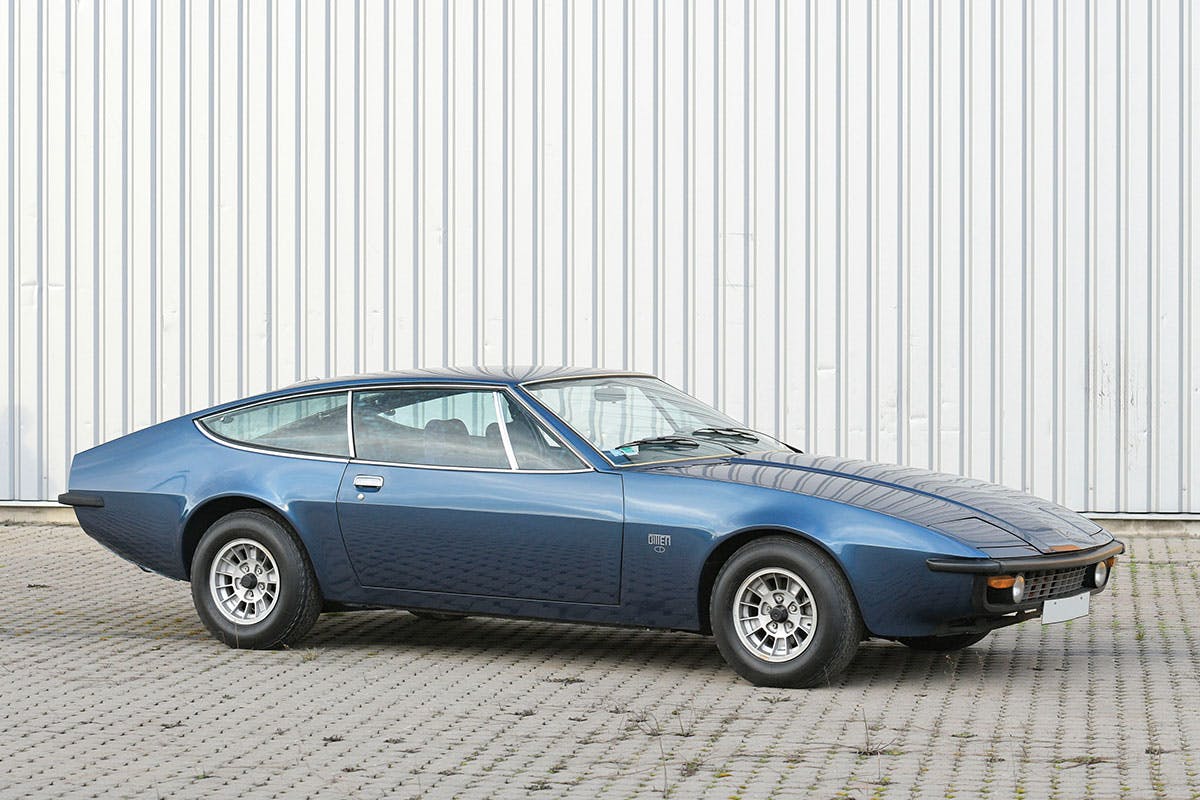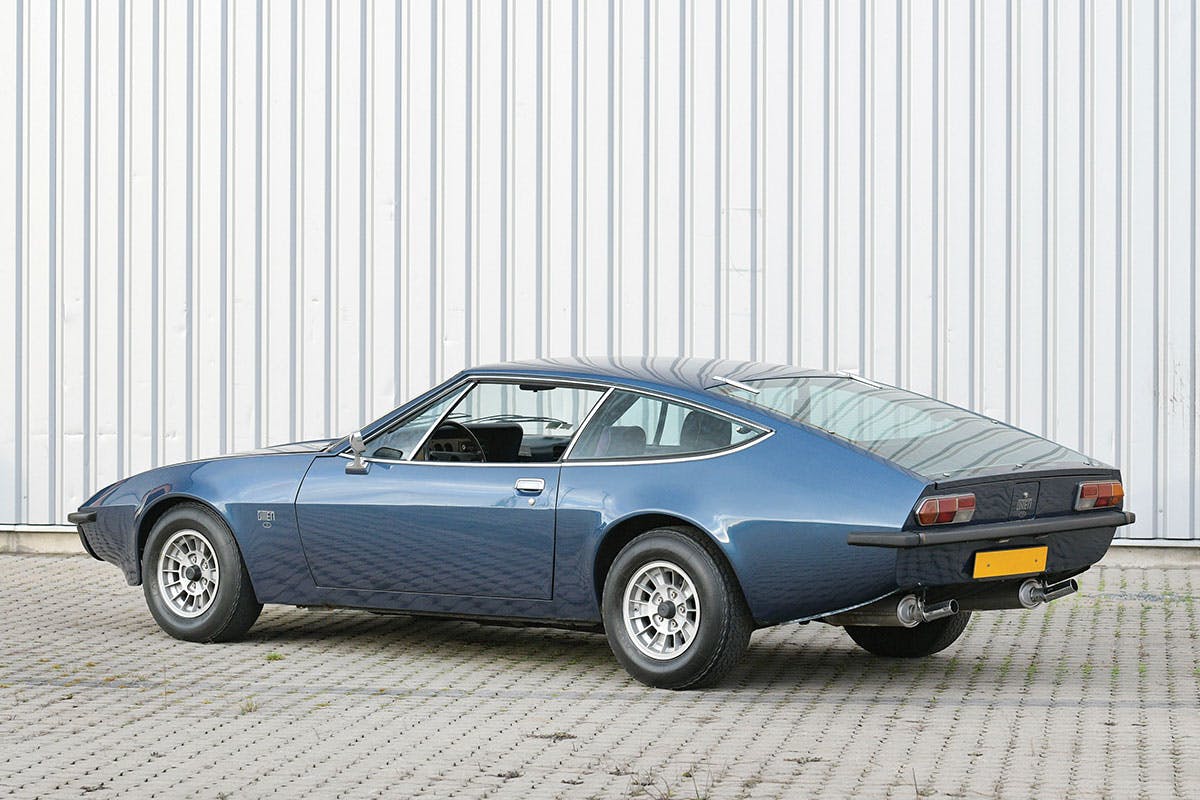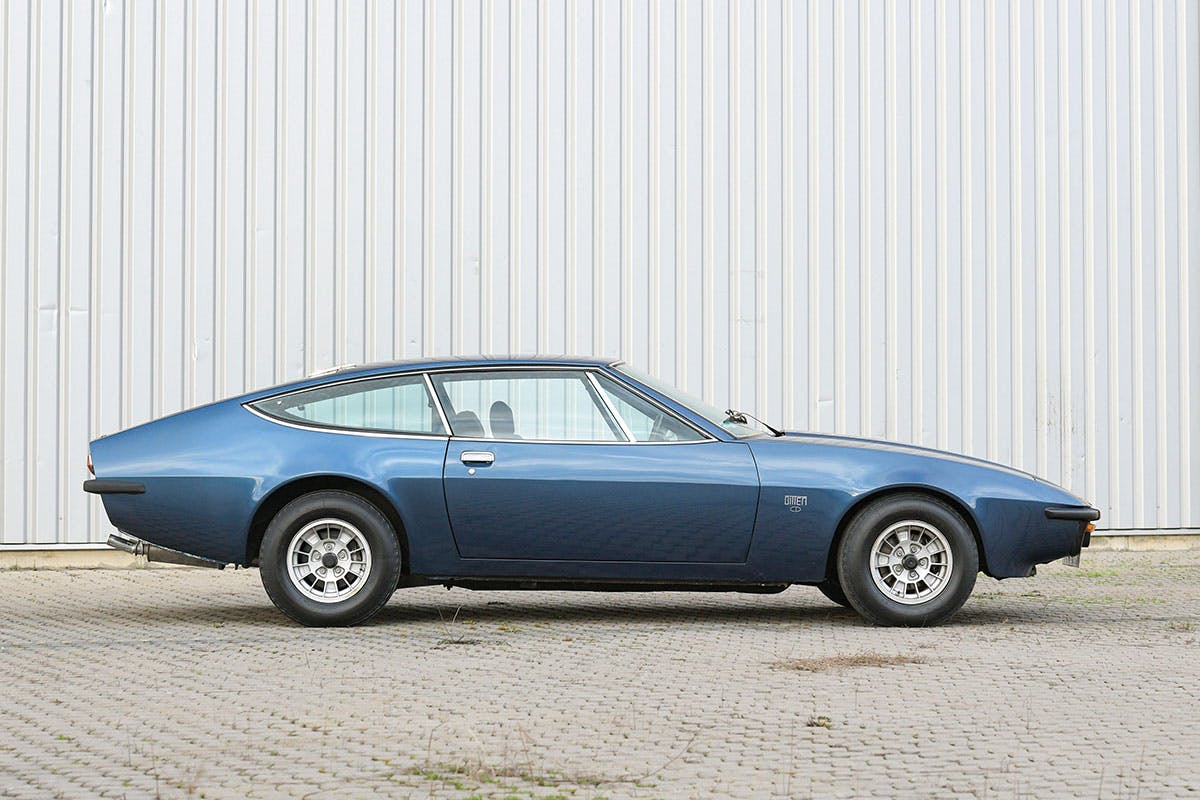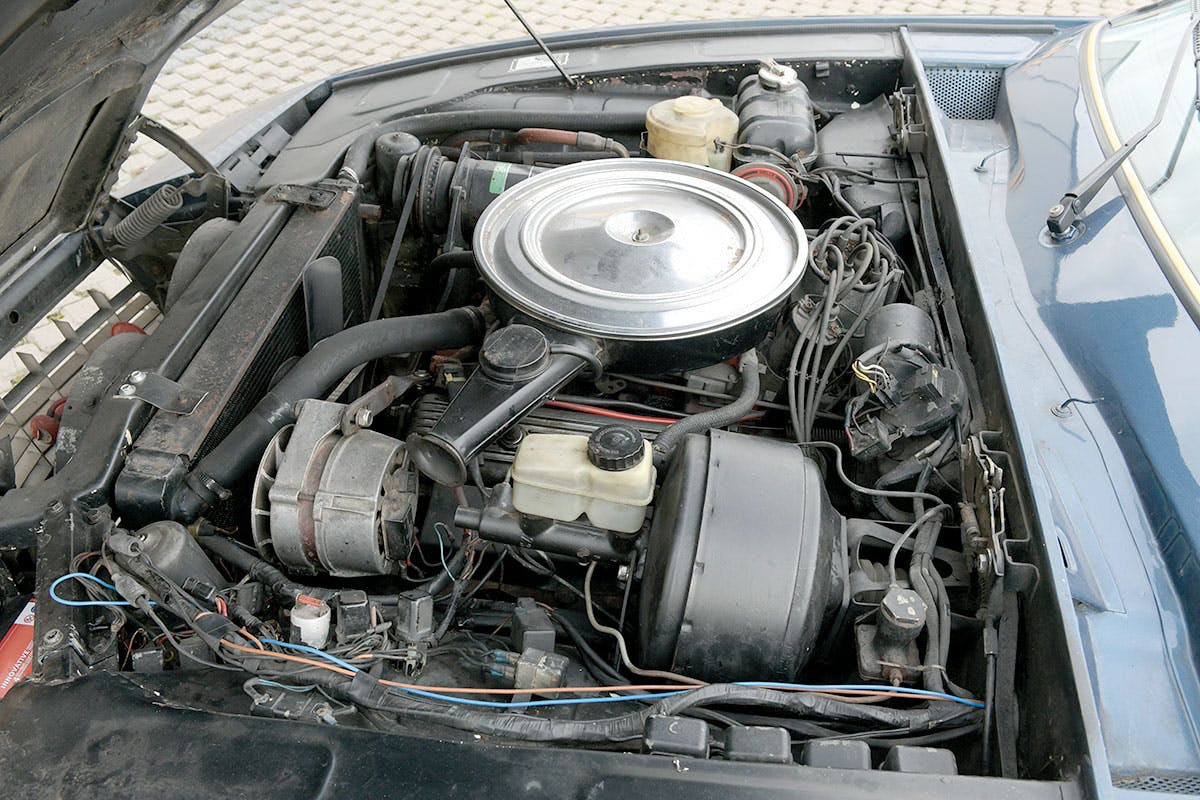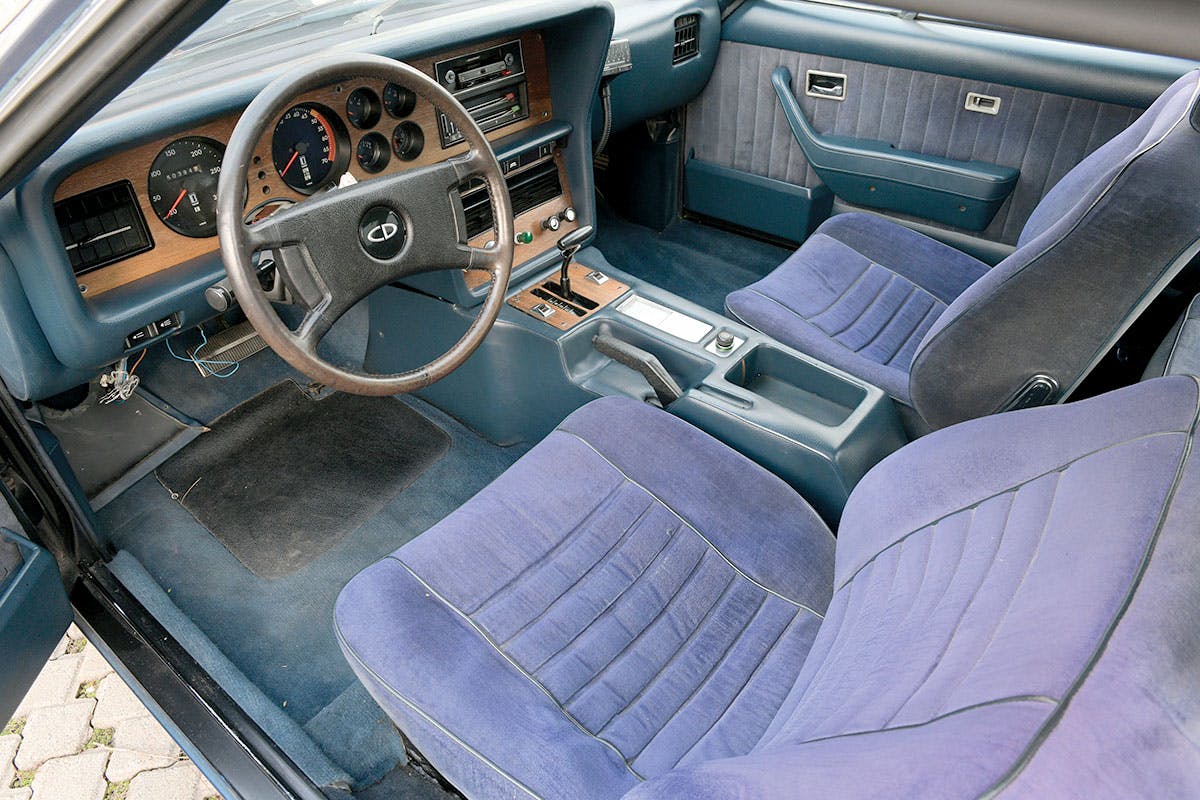Bittersweet: How Opel ensured its beloved CD concept became reality, albeit briefly
During the 1960s, Opel was seen as a rather pedestrian division of General Motors. What it really needed was an image boost, and key to achieving that was a series of daring concept cars which were unveiled throughout the decade, leading up to a swoopy two-door making its debut at the 1969 Frankfurt motor show.
Based on the company’s range-topping Diplomat and styled under the leadership of GM’s charismatic Chuck Jordan, this jaw-dropping coupe was known simply as the CD (Coupé Diplomat) and it was penned by American designer George Gallion, who also worked on the Manta. He’d been drafted from Detroit to come up with something sensational to upstage the Mercedes W-111 that was rumored to be in the making. Sure enough, that car was also revealed at the 1969 Frankfurt show, and while the Benz caused a storm, the Opel generated its fair share of column inches, too.
The CD was based on a shortened (by 9.8 inches) Diplomat platform, and although the initial concept wasn’t a runner, it could easily have been powered by Opel’s GM-sourced 5.4-liter V-8. Voilà, a fast and luxurious cruiser. It featured a huge single-piece canopy hinged at the front, which allowed entry and exit, and while this concept was very much designed for the glamour of the show circuit, redesigning the CD as a production car wasn’t beyond the realm of possibility.
At the 1970 Frankfurt motor show, Italian styling company Frua revealed a fresh take on the CD theme. Commissioned by Opel, it was more practical; although it retained the fundamental shape and character of Chuck Jordan’s design, it was fitted with conventional doors. In 1971, GM supremo Bob Lutz explored the possibility of Frua putting the CD into production, but when it became clear that Frua wouldn’t be able to meet Lutz’s deadline the project started to unravel.
Things came to a head when it became apparent that this svelte V-8 coupe would provide in-house competition for Chevrolet’s Corvette. Plus, Opel wasn’t likely to sell them in sufficient volume to ameliorate production costs and keep showroom prices reasonable. Even after it became clear that Opel wasn’t in a position to put the CD into production, motivation remained within the company to realize something of this concept. The solution lay in supporting an independent company to come up with a road-ready CD. It was Erich Bitter, a German pro cyclist turned racing driver turned car importer and tuner, who would pick up the baton.
Bitter had signed up as the German importer for Intermeccanica, but he wasn’t impressed by the build quality. Bitter was convinced that he could do much better, and Opel’s enthusiasm to help him to develop the CD concept into a production car presented him with the perfect opportunity.
The problem for Bitter was that he had no experience building cars and no facilities in which to do so, which is why he drafted Baur to make the road-ready CD for him. With its Maserati Ghibli-esque design and excellent build quality, the CD was received with incredible enthusiasm when it was unveiled at the 1973 Frankfurt motor show. Bitter took 176 orders at the event—but the euphoria didn’t last long. Most of those orders were cancelled soon after because of the looming oil crisis.
The 130-mph CD was powered by a 226-hp, 5354-cc front-mounted V-8 and priced at DM 58,000, or just over $23,000, at the start of 1975. Bitter had hoped to run CD production at 200 cars per year, but with such a huge asking price it wasn’t until the start of 1975 that the hundredth example was built. With relatively few cars made there was no real development of the CD; aside from minor tweaks to the wheels, badges, rear lights, and the interior trim, all CDs were the same.
By the end of 1976 Baur had built 254 CDs for Bitter, but from here on production slowed, and by the time the last example was made in 1979, the tally ran to just 395. All were made with left-hand drive and an automatic transmission—including the blue-over-blue ’74 example sold by RM Sotheby’s in 2020 and shown above—but the CD’s successor, the SC, would be offered with both right-hand drive and a manual transmission. Next week we’ll tell you all about the Bitter SC, in its various forms.

